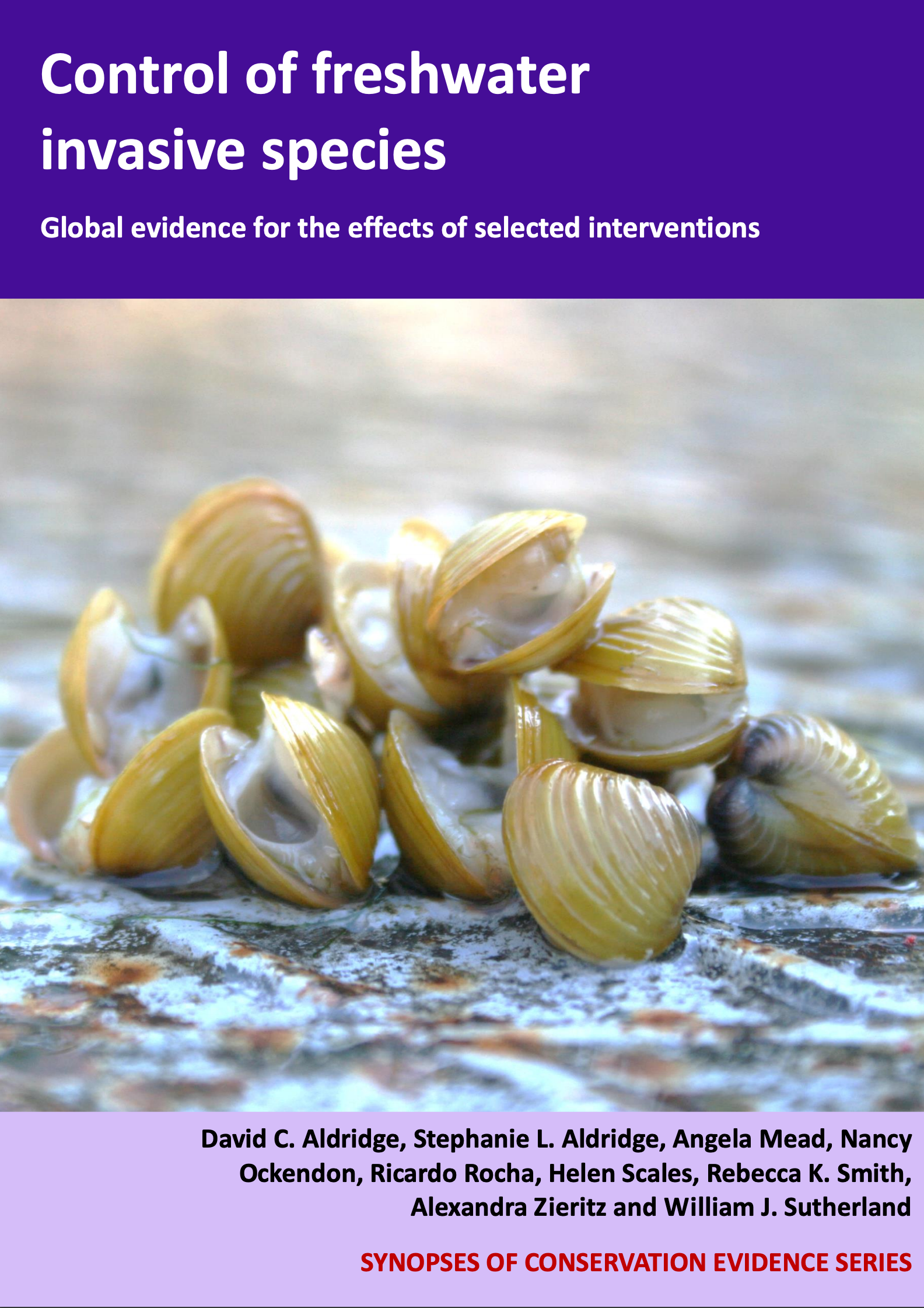Ponto-Caspian gobies: Use of barriers to prevent migration
-
Overall effectiveness category Likely to be beneficial
-
Number of studies: 1
View assessment score
Hide assessment score
How is the evidence assessed?
-
Effectiveness
50% -
Certainty
45% -
Harms
not assessed
Study locations
Supporting evidence from individual studies
A controlled, replicated field study in the Shiawassee River, Michigan, USA (Savino et al. 2001) found that an electrical barrier prevented round goby Neogobius melanostomus movement across it. Without any electrical current, round goby crossed the barrier within 20 minutes from release upstream. Using electrical settings shown to inhibit passage in the laboratory, the only marked round goby found below the barrier were dead. At reduced pulse durations, a few round goby (on average one per test) were found alive, but debilitated, below the barrier. Increasing electrical pulse duration and voltage increased the effectiveness of the barrier. Feasibility studies in a 2 m donut-shaped tank determined the required electrical currents. In field studies, an electrical barrier was placed between two blocking nets. The barrier consisted of 6 m wide canvas on which were laid four cables carrying the electrical current. Twenty five latex paint-marked round goby were introduced upstream of the electrical barrier and recovered 24 h later upstream, on or downstream of the barrier.
(1)Savino J.F., Jude D.J & Kostich M.J. (2001) Use of electric barriers to deter movement of round goby. American Fisheries Society Symposium, 26, 171-182
Study and other actions tested
Where has this evidence come from?
List of journals searched by synopsis
All the journals searched for all synopses
This Action forms part of the Action Synopsis:
Control of Freshwater Invasive Species
Control of Freshwater Invasive Species - Published 2017
Control of Freshwater Invasive Species Synopsis





)_2023.JPG)














